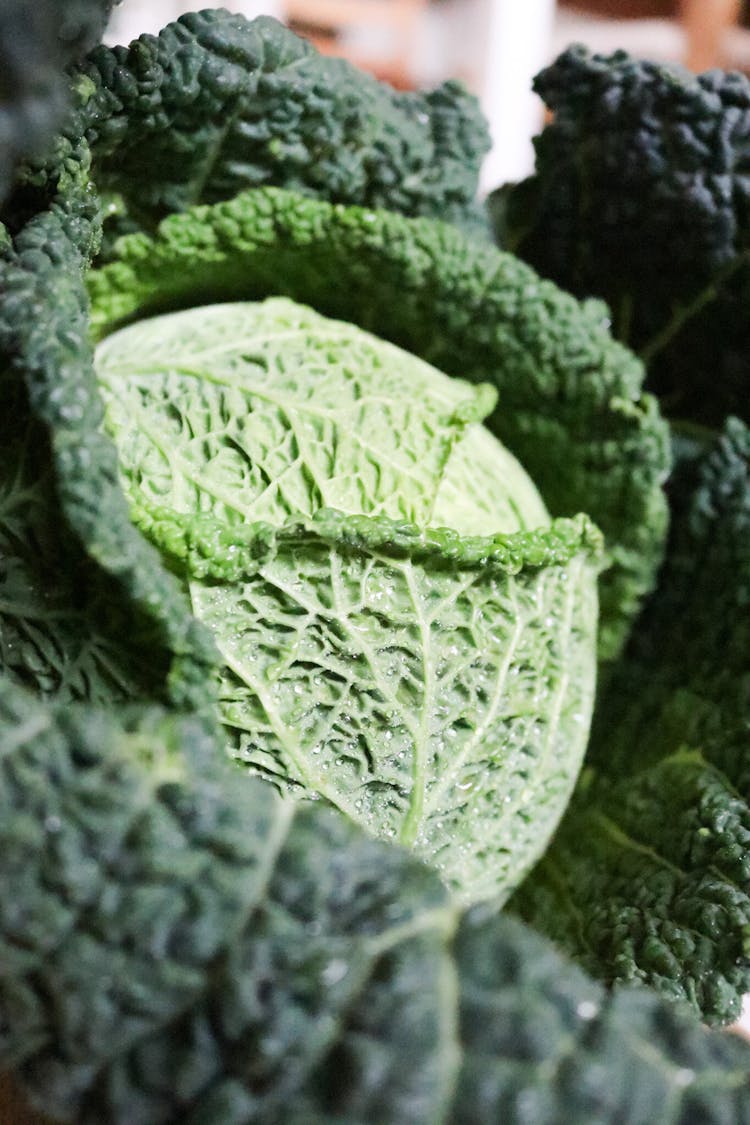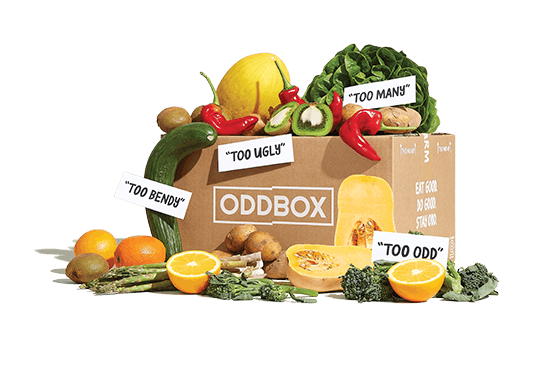Don’t waste these parts of your fruit and veg - 5 rescue plans for your fruit & veg
Have you ever felt like you were throwing away a sizeable percentage of your favourite foods as scraps when cooking? What if you don't always need to? With this collection of food waste tips, we'll show you how to cleverly use up almost every part of five everyday fruits and vegetables so they don’t ever reach your compost.

OUTER CABBAGE LEAVES
But the outer cabbage leaves taste just as good, and they contain more carotenoids than the less colourful inner leaves, giving them increased antioxidant powers. They’re also an abundant source of vitamins A, B and C.
Here's how to use up outer cabbage leaves:
- Ferment them and make traditional Korean kimchi, along with other spare vegetables
- Chop them into thin strips and stir fry quickly on a hot heat
- Cook them to soften and create dolmades, using these cabbage leaves in place of the more common vine leaves
CARROT TOPS
You may sometimes be lucky enough to receive the tiny leaves that sprout from the top of your carrots still attached. Whilst more bitter and earthy than the root, they're perfectly edible and do taste like carrots! Their complex flavours will happily take centre stage in a dish.
Carrot tops pack six times as much vitamin C as the root. And they're full of calcium, phytonutrients and potassium.
Here are our tips for using up carrot tops:
- Carrot leaves are enjoyed more often when they're mixed into a pesto, as a unique alternative to more traditional recipes
- If one sauce isn't enough for you, Tom Hunt from Poco makes carrot top chimichurri
- Blend your carrot leaves into a fancy oil in Yotam Ottolenghi’s grilled carrot dish
MELON RIND
The rind is the firm, white-coloured layer that sits beneath the tough outer skin of the melon. Most of us chop melon into slices and hold the ends of each so we can happily access the flesh inside. But you don't need to throw the rind away once you've finished with it as, just like the melon's seeds, it has so many potential uses.
Surprisingly, melon rind contains a lot of fibre. It's also a reliable source of citrulline. This compound converts to arginine, an amino acid vital to the heart, circulatory system and immune system.
Some of our favourite ways to prepare melon rind are to:
- Pickle it in vinegar for a couple of days, then serve over a salad
- Pretend it's a vegetable and add it to a Thai-style curry or a stew
- Dice into small pieces and combine it into a chutney
KALE STEMS
Raw kale stems are certainly too tough and fibrous to eat. So after we've removed kale's soft leaves, the stems can appear inedible and needing to be thrown away. But with a little heat applied correctly, kale stems will soften and can liven up a variety of meals.
Kale is one of the most nourishing foods on earth, hosting a spectrum of nutrients including vitamins A, K, B6 and C, calcium, potassium, copper and manganese. Keeping your kale stems means you can benefit from the same nutritional profile as is contained in the leaves.
You should always quickly blanch raw kale stems first to make sure they're edible for whatever you do next. After that, here are some different methods to fully cook kale stems into sweet surrender:
- Sauté them over medium heat in a sweet and spicy sauce
- Blend them into this creamy pasta sauce
- Include them in the oven with your crispy kale chips. Just give them a 5 or 10-minute headstart before you add the leaves
BANANA SKINS
The skins make up around 35% of an entire banana. And although the idea may seem unusual to Westerners, they're just as edible as the fruit they hold. As you might imagine, they are significantly tougher to eat, so getting the best from the peel involves a touch of preparation.
The skins of bananas are rich in some of the most important nutrients for human health, including potassium, dietary fibre, polyunsaturated fats and essential amino acids.
Did you know that banana peel is great for cleaning houseplant leaves? It’s also popular amongst food waste tips. Here are our preferred suggestions:
- The simplest way to enjoy banana peel is in hot drinks. You can prepare a soothing tea by boiling it in water, then serve with milk or sweeten to taste as with other teas. You can even add banana peel to hot chocolate or a cup of coffee for a distinct flavour
- Blend the banana into a smoothie with the skin still on - it just tastes a little less sweet. Top and tail the fruit before using it
- If you’d like to go for a truly unusual recipe, try making this vegan pulled pork sandwich, where you pull the banana peel for a similar texture.

